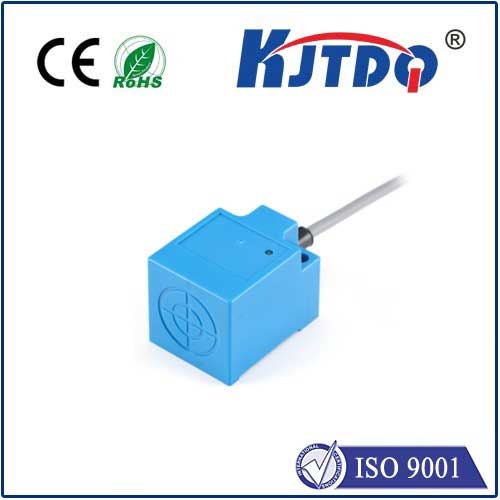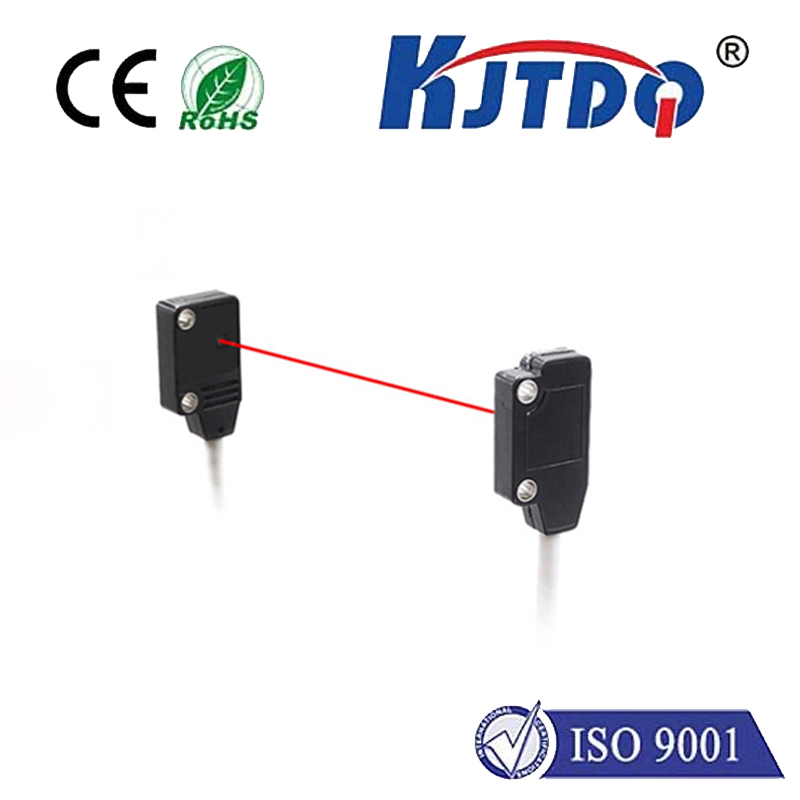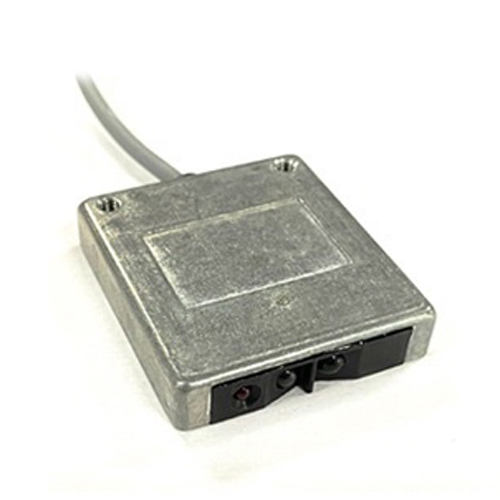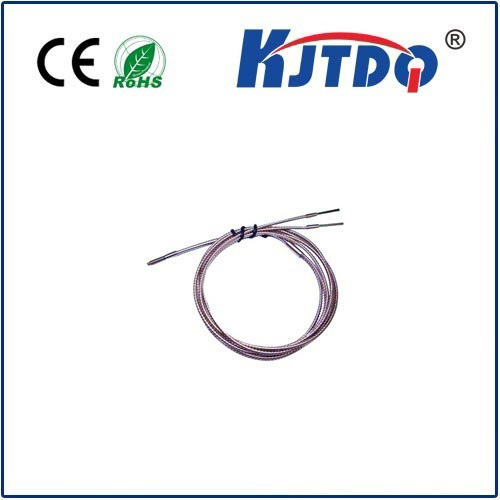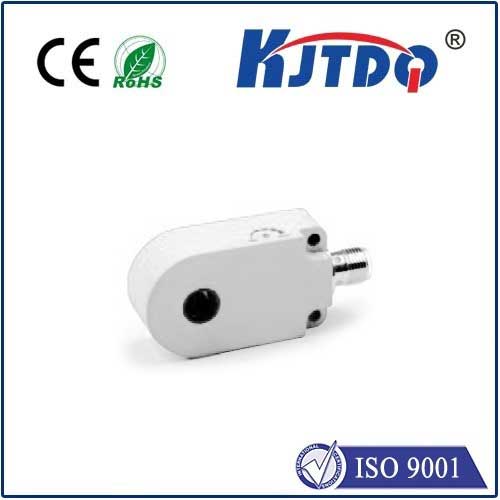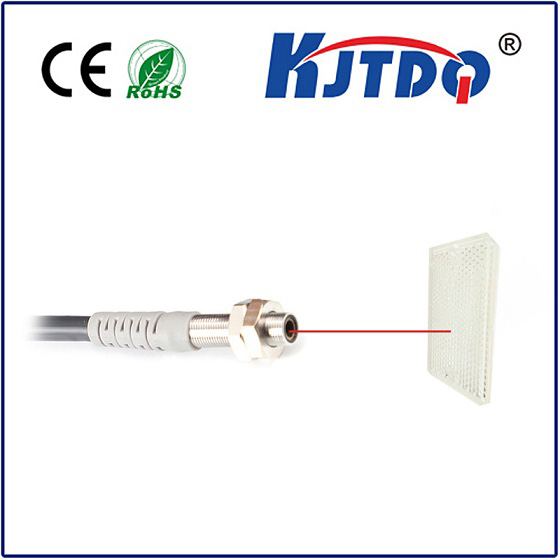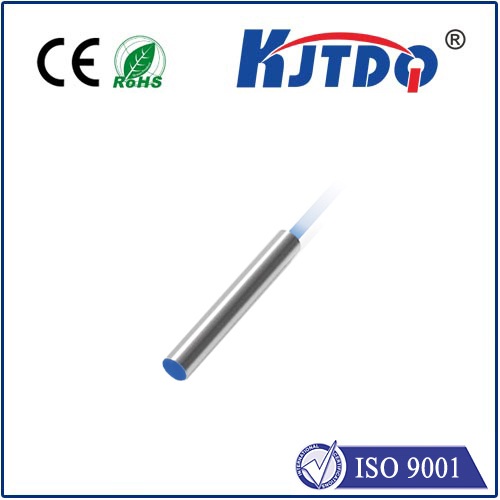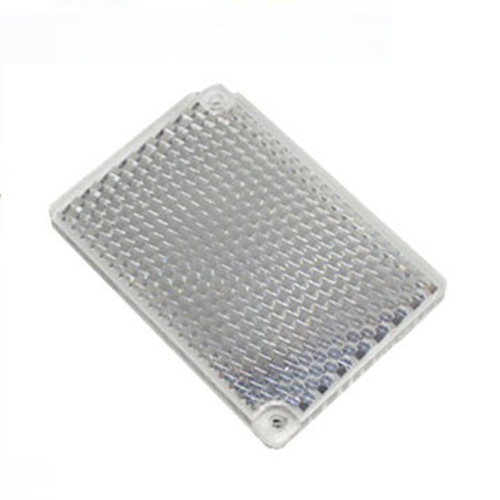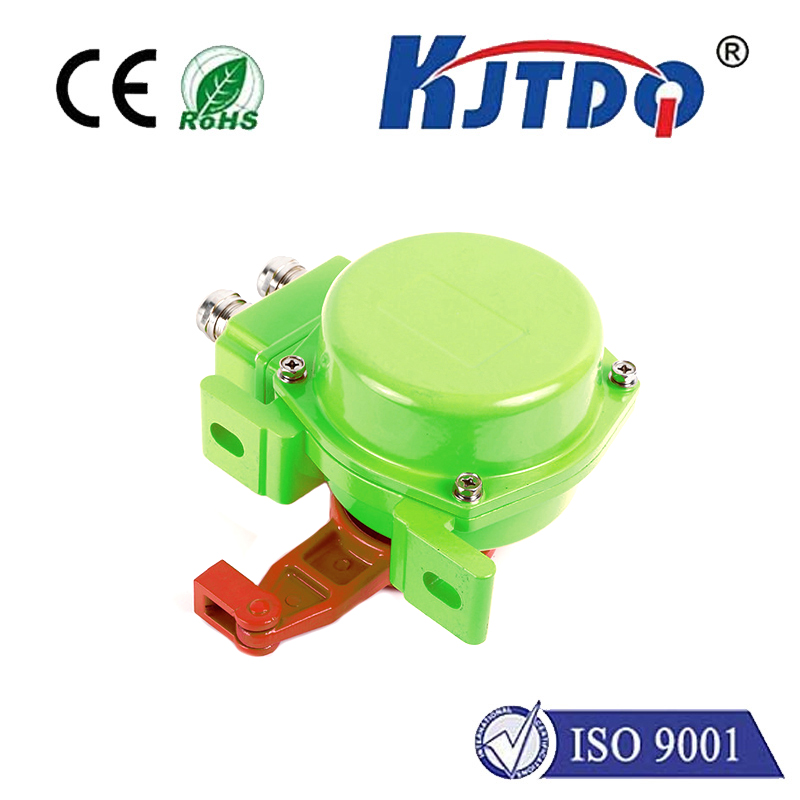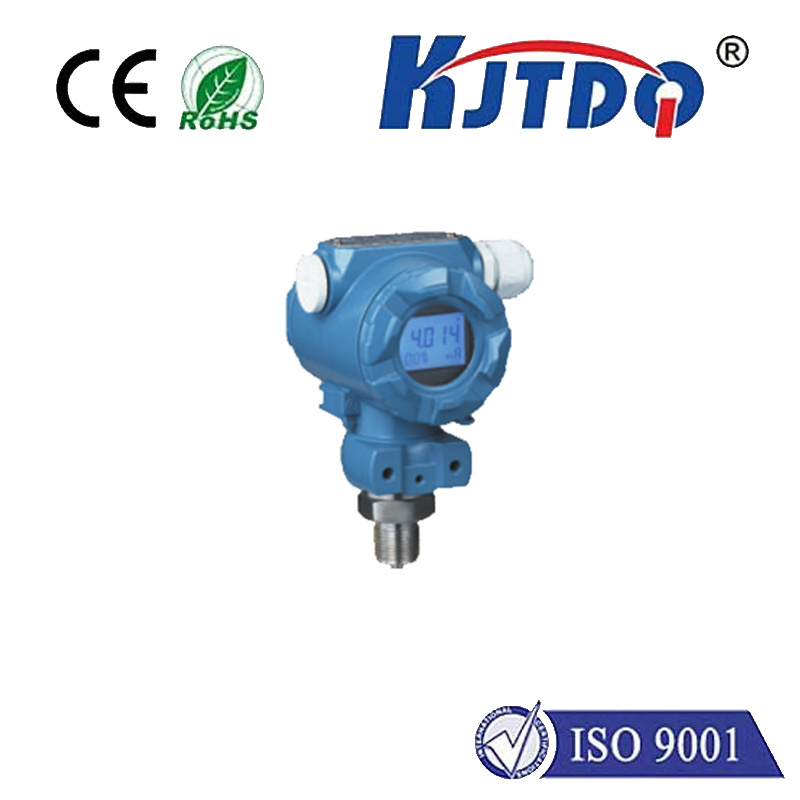flameproof limit switch
- time:2025-08-04 12:41:09
- Click:0
Guardians of Safety: How Flameproof Limit Switches Protect Hazardous Environments
Imagine the constant hum and potential energy within an oil refinery, a grain silo, or a chemical processing plant. The air itself can be a volatile mixture, where even a tiny spark could trigger disaster. In these high-stakes environments, standard electrical components become potential ignition sources. This is where the flameproof limit switch emerges not just as equipment, but as a critical silent guardian. Engineered specifically for hazardous locations teeming with flammable gases, vapors, or combustible dusts, these robust devices provide essential position detection and control without becoming the source of an explosion. They stand as a fundamental pillar of intrinsic safety protocols, enabling automation and safety interlocks where conventional switches simply cannot venture.
At its core, a limit switch is an electro-mechanical device designed to detect the presence or absence of an object, or to monitor whether a moving part has reached a predefined limit. It typically consists of an actuator mechanically linked to a set of electrical contacts. When the actuator is moved by the target object, it causes the contacts to open or close, thus controlling an electrical circuit. This simple principle underpins countless automation, safety, and control systems worldwide.
However, standard switches pose a severe risk in hazardous areas. An internal electrical fault, a minor switch contact arcing during operation, or even excessive heat generated within the enclosure could ignite the surrounding explosive atmosphere. Flameproof limit switches solve this critical problem through a unique and rigorously tested design principle known as “flameproofing” or “Explosion-Proof” (Ex d according to IEC standards).
The Core Principle: Containing the Explosion

The fundamental design philosophy of a flameproof limit switch is containment. Its housing is engineered to be exceptionally strong and robust, constructed from durable materials like heavy-duty aluminum alloys, stainless steel, or brass. This enclosure is specifically designed to:
- Withstand Internal Explosions: If an explosive mixture penetrates the enclosure (or is present inside during a fault) and is ignited by an internal spark or hot surface, the housing must contain the resulting explosion without rupturing.
- Prevent Flame Transmission: The joints and gaps between parts of the enclosure (like between the body and the cover) are carefully machined to form a precisely defined flame path. This path cools any hot gases escaping from an internal explosion below the ignition temperature of the surrounding external atmosphere. Essentially, it allows the explosive pressure to vent safely after the escaping gases have been sufficiently cooled, preventing them from igniting the hazardous area outside.
- Dissipate Heat: The enclosure’s material and design help dissipate heat generated internally to ensure external surface temperatures remain below the autoignition temperature (AIT) of the specific gases or dusts present in the environment.
Where Silent Sentinels Stand Guard
Flameproof limit switches are indispensable wherever flammable atmospheres are a constant or potential threat. Key industries and applications include:
- Oil & Gas: Drilling rigs (onshore/offshore), refineries, pumping stations, pipelines, gas processing plants – anywhere hydrocarbons are present.
- Chemical & Pharmaceutical: Processing plants, reactors, solvent storage areas, powder handling facilities.
- Mining: Underground coal mines (where methane and coal dust are significant hazards), processing plants conveying combustible dusts.
- Grain & Agriculture: Silos, grain elevators, flour mills, sugar refineries – environments ripe with combustible dust.
- Paint & Coatings: Spray booths, mixing rooms containing solvent vapors.
- Wastewater Treatment: Areas where biogas (methane) is produced or handled.
- Manufacturing: Any process involving flammable liquids, vapors, or powders.
Their role is vital in applications such as:
- Valve Position Indication: Confirming if critical safety valves (e.g., Emergency Shutdown Valves) are fully open or closed.
- Machine Guarding: Ensuring safety doors or guards are securely closed before machine operation can start.
- Conveyor Systems: Detecting position limits, jams, or material presence on conveyors handling combustible materials.
- Over-Travel Protection: Preventing mechanical damage by stopping movement when a specified limit is reached.
- Level Detection: Indicating high or low levels in tanks containing flammable substances.
Choosing the Right Protector: Key Considerations
Selecting the appropriate flameproof limit switch is critical for ensuring safety and reliable operation. Key factors include:
- Hazardous Area Classification: Precisely identifying the Zone (or Division/Class in North America) and the specific type of hazard (Gas: Group IIC, IIB, IIA; Dust: Group IIIA, IIIB, IIIC) is paramount. The switch’s certification must explicitly cover the designated zone/division and group.
- Temperature Class (T-Rating): This indicates the maximum surface temperature the switch enclosure can reach during operation or fault conditions. It must be lower than the autoignition temperature (AIT) of the specific flammable substances in the environment.
- Ingress Protection (IP Rating): Crucially, this rating signifies the enclosure’s ability to resist dust and water ingress. A high IP rating (e.g., IP66, IP67) is essential to prevent contaminants from entering and potentially compromising the flame path integrity or causing internal corrosion. Robust IP sealing is non-negotiable for maintaining the explosion-proof safety.
- Material of Construction: Must be suitable for the specific chemical environment (corrosion resistance) and potentially provide impact resistance. Common materials include stainless steel, die-cast aluminum, and brass.
- Mechanical Requirements: Actuator type (roller lever, plunger, wobble stick, etc.), operating force, electrical contact configuration (SPDT, DPDT), current/voltage rating, and mechanical endurance.
- Certifications: Look for globally recognized certifications like ATEX (Europe), IECEx (International), UL/CSA (North America for HazLoc), or specific national standards. These certifications are proof of rigorous testing and compliance with safety standards.
Beyond Containment: The Safety Imperative
The deployment of flameproof limit switches transcends mere functionality; it represents a proactive commitment to safety, environmental protection, and asset preservation. By preventing internal electrical faults from escalating into catastrophic external explosions, these specialized devices:
- Save Lives: Protect personnel working in inherently dangerous locations.
- Prevent Environmental Disasters: Avoid massive releases of pollutants and toxins.
- Minimize Costly Downtime: Unplanned explosions cause extensive damage requiring lengthy shutdowns for repairs.
- Ensure Regulatory Compliance: Meeting stringent safety standards (OSHA, NFPA, IEC, etc.) is not optional; it’s mandatory for operating in hazardous industries.
In the invisible but ever-present battlefield against industrial explosions, the flameproof limit switch is a meticulously engineered soldier. Its robust stainless steel or alloy armor, intrinsically safe design principle, and rigorous certifications make it the definitive solution for safe position detection and control where failure is not an option. Specifying and installing the correctly certified switch for your specific hazardous environment isn’t just best practice; it’s an indispensable investment in safeguarding people, processes, and the planet.






